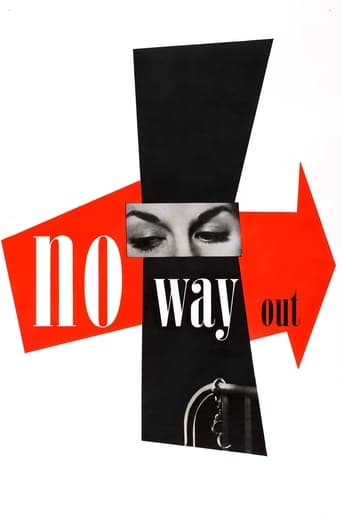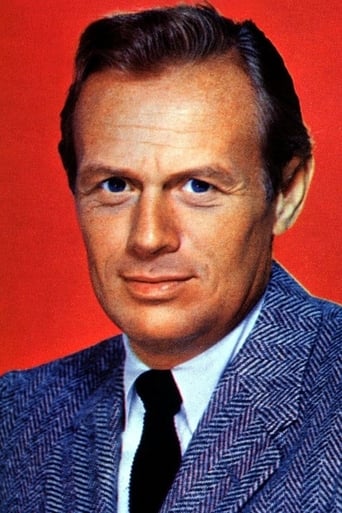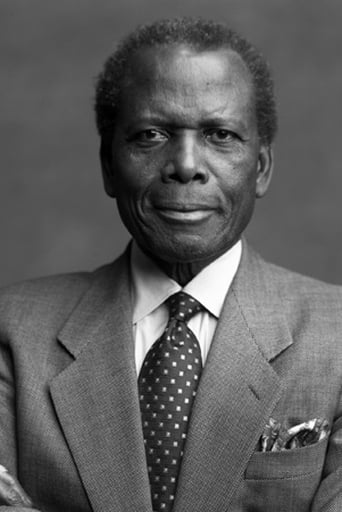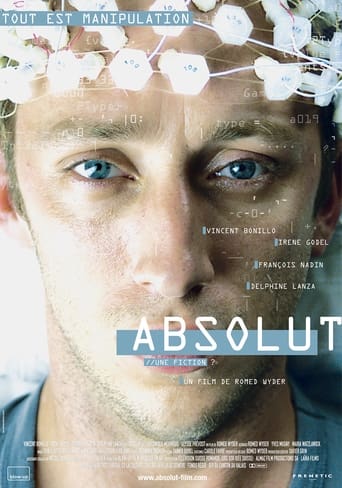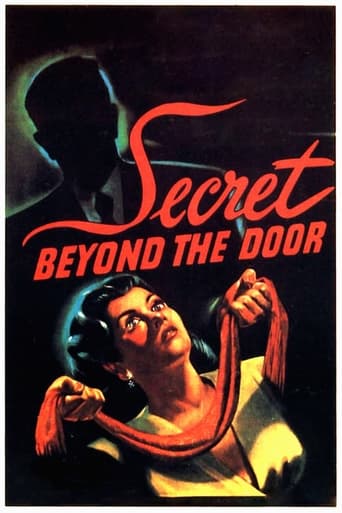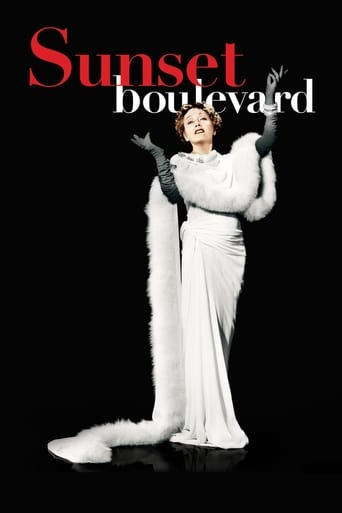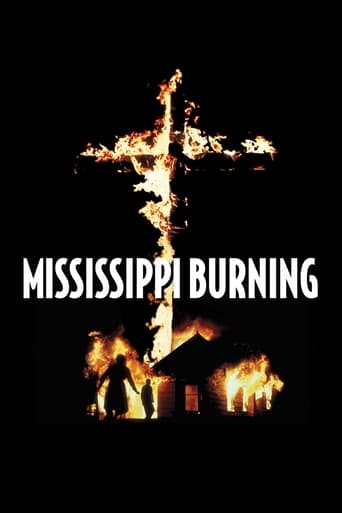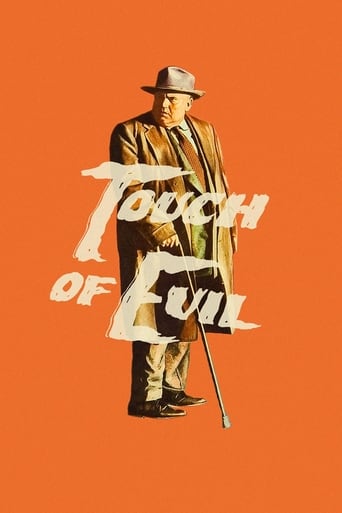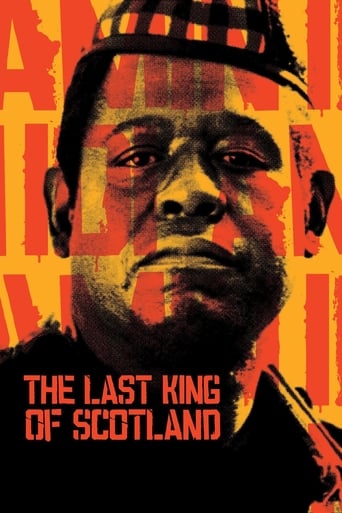No Way Out (1950)
Two hoodlum brothers are brought into a hospital for gunshot wounds, and when one of them dies the other accuses their black doctor of murder.
Watch Trailer
Cast


Similar titles
Reviews
Good story, Not enough for a whole film
This is a coming of age storyline that you've seen in one form or another for decades. It takes a truly unique voice to make yet another one worth watching.
Very good movie overall, highly recommended. Most of the negative reviews don't have any merit and are all pollitically based. Give this movie a chance at least, and it might give you a different perspective.
While it doesn't offer any answers, it both thrills and makes you think.
Great film nourish photography and grim world view in this film. All the performances are fine. Sparse music score is very effective and uses some tunes on a radio to good effect too. Approach to racial issues and poverty still seem true today in a realistic not preachy way. This is more film noir than political in nature--a major plus.Darnel is a stand out. The situation is interesting. Racial elements still spark heat even today or maybe even more heat as the politically correct 21st century wouldn't let the racism be as raw as it is here.My only complaint is a plot contrivance towards the end and then Widmark struggling with an over the top (writing wise) psycho coward villain ending that probably seemed a little fresher back then. It's not the actor's fault it's the concept and writing that just don't work.It's kind of like they wanted a "thriller" ending and the film would have done better with a more personal or internal conflict than the melodramatic way it goes. Also I see from the trivia section that the studio forced a change to the ending and this hurts as well.Too bad as it almost spoils a grade A movie. Still a film that deserves to be better known today, even if it stumbles in the final lap.
***SPOILERS*** Racially charged and explosive crime drama that takes place in and out of County Hospital and spills over into the surrounding area with Sidney Poitier in his first staring role as Doctor Luther Brooks who puts both his life and career on the line in the movie. Dr. Brooks in trying to save the badly wounded armed robber Johnny Biddle's, Dick Paxton, life ended up killing him with a spinal tap in trying to find out why he's not responding to treatment.Johnny's brother Ray, Richard Widmark, who was also wounded in the shootout with the police who has no use for Dr. Brooks anyway, because he's black, goes ballistic in accusing Brooks in purposely murdering his brother because of the racial epitaphs that he, Ray, hurled at him ever since he and Johnny were admitted into the hospital emergency ward. All this racial tension starts to boil over when Ray's friends from Beaver Canal plan to start trouble by attacking the black section in town in response to a black Dr. Brooks murdering a white man,wounded career criminal Johnny Biddle, and being allowed to get away with it!Dr. Brooks who suspects that Johnny died from a busted, that resulted from the shoot-out with the police, brain tumor desperately wants to have his body autopsied but needs a family member like Ray and his mute brother George, Harry Bellaver, to authorize it which their dead set against! It's when Dr. Brooks and his good friend and boss at County Hospital Dr. Dan Wharton, Stephen McNally, go to see Johnny's widow Edie, Linda Darnell, for her to authorize her husbands autopsy they not only find out that she's been divorced from Johnny for over a year but like her brother in law Ray has no interested in helping Dr.Brooks because of his racial background.Richard Widnmark really wins the movies acting honors as the racist and mentally unbalanced Ray Biddle. Ray who's hatred for blacks is so intense, with his brother Johnny's death at the hands of black Doctor Brooks not helping any, that it passes the line of just plan garden variety racism and becomes psychotic. Even Ray's racist friends in Beaver Canal after they got their clocks cleaned, when they were attacked by stick and pipe wielding blacks at the Beaver Canal junkyard, backed off from their racist attitudes against Dr. Brooks leaving Ray on his own in avenging his bother Johnny's death. That's when it was finally discovered, when Dr. Brooks in getting the autopsy on Johnny claimed that he in fact murdered him, that Johnny did in fact die from a brain tumor not by Dr.Brooks murdering him! ***SPOILERS*** Breaking out the hospital's criminal emergency ward with the help of his brother "the Dummy" George Ray now plans to murder Dr. Brooks by tricking him into going to Dr. Wharton house where he'll be waiting to ambush him. It's non other then Edie who had a sudden change of heart in seeing just how crazy her brother in law Ray is who tried to tip off Dr.Brooks in what was waiting for him there! The last few tense and heart wrenching moments in the movie made all the hurt and abuse, both physical as well as mental, that Dr.Brooks went through more then worth while for him. After taking a bullet from the badly wounded, from his failed escape attempt, and crazed Ray Biddle Dr. Brooks put his feeling behind him and treated Ray's near fatal leg wound until help finally arrived telling the stunned racist, who expected that Dr. Brooks would let him slowly bleed to death, "Don't cry white boy! Your gonna live!"
This 1950 movie is a powerful drama which confronts the issue of racial hatred in a way which is far more direct and challenging than was typical for its time. It's provocative, forthright and didactic and infers that the root of racism is ignorance and that education is the solution. Some of the racist language used is deeply offensive and unacceptable in contemporary society, however, its presence here is relevant and strengthens the impact of the story and the film's "message".When two wounded criminals who were each shot in the leg during an attempted robbery are brought into the prison ward of a county hospital, they're attended to by Dr Luther Brooks (Sidney Poitier). Ray Biddle (Richard Widmark) immediately directs a barrage of racial insults at the black doctor who begins to get increasingly concerned about the condition of the seriously disorientated Johnny Biddle (Dick Paxton). He quickly forms the opinion that Johnny has a brain tumour and administers a spinal tap. Johnny dies very soon after and brother Ray accuses the doctor of murder.The inexperienced doctor is anxious to confirm that his diagnosis was correct and speaks to the chief medical resident Dr Dan Wharton (Stephen McNally) about getting an autopsy carried out. Wharton explains that this would only be possible with the consent of Johnny's family. Ray is unwilling to give his approval and the head of the hospital is also unable to support the idea because he's anxious to avoid any adverse publicity which might follow.Edie Johnson (Linda Darnell), Johnny's ex-wife (who'd previously had a fling with Ray) is then approached by Wharton and Luther who persuade her to visit Ray to discuss an autopsy. Ray isn't willing to cooperate and tells her that she can atone for being unfaithful to Johnny by informing Rocky Miller (Bert Freed) about the circumstances of Johnny's death. Miller is a resident of Beaver Canal which is the city's white slum neighbourhood where Ray, Johnny and Edie all grew up and he becomes instrumental in a sequence of events which culminate in a major race riot.Luther eventually forces an autopsy to be carried out by going to the police and claiming that he was responsible for killing Johnny. The autopsy confirms that the diagnosis and the treatment given were both correct. This outcome doesn't end Luther's problems, however, as Ray reacts by accusing the doctors of a cover up and then sets up a plan to kill Luther.Richard Widmark gives a towering performance and conveys with incredible power, the sheer intensity of Ray's hatred. His fanatical rants and irrational outbursts of abuse are delivered with such force and conviction that there's absolutely no doubt about the depth of his character's despicable and malicious nature. Sidney Poitier is also impressive in his screen debut as a man who lacks confidence but also remains remarkably patient, tolerant and dignified in the face of the welter of appalling insults which are so consistently directed at him. Linda Darnell is also good as the conflicted and confused Edie who's naively used by Ray to trigger the race riot.Whilst things have moved on a great deal since "No Way Out" was made, it still packs a punch as a potent and hard hitting snapshot of people's attitudes and the social tensions which they created in the early 1950s.
No Way Out (1950)Hard hitting, sometimes shocking, always unflinching view of America's new confrontation with racism in the 1940s. Richard Widmark's character, deplorable racist Ray Biddle, and his performance so raw and impressive (and physical), it reminds you of how easy it was and is for some people to be hateful about race--it's about blindness, really, to what was right in front of him. And that was an black doctor, played by Sidney Poitier in his first film role, setting up a lifetime of roles where he played the symbolic African American that conservative white America could deal with and accept most easily.There are what seem like unavoidable moments where the issue becomes the focus outside of the plot, where it seems to almost start to preach, but amazingly, these are few and brief. One of the miracles of the movie is how fully it confronts urban racism by just showing it happening. It becomes a complete, complex drama by adding what amounts to a kind of film noir crime aspect in the second half. The growing importance of Linda Darnell in the plot gives it human depth, and the white doctor who is Poitier's mentor plays his role with as much subtlety as his saintly position allows.There are a number of moments where you think, no, that's not likely--turns in the story, little details. Key among these is a series of police related gaffes, mainly loose security surrounding two dangerous criminals. Unfortunately, these gaffes end up driving the plot at times. Fortunately, there are compensations, including a full blown race riot, bravely shown with everyone having hate in their eyes, both sides.Director Joe Mankiewicz has always leaned, through these classic Hollywood years, to movies with human depth, and here he takes a chance by taking on a visible "issue" of the time, much as Stanley Kramer did with Guess Who's Coming to Dinner in the 1960s. Even if it boxes in the movie a little as a narrative experience, it's worth it. With the support of brilliant cinematographer Milton Krasner (brilliant) and music by Alfred Newman, and with some fast editing and a whole series of turns to the story, you really can't go all wrong.

